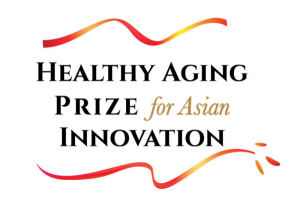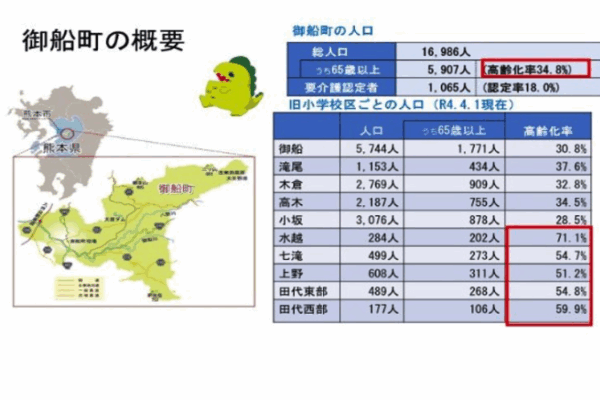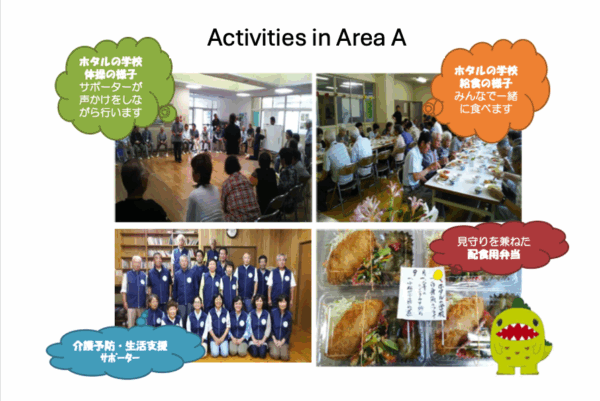2021 HAPI Japan Best Practice Winner
THE PROBLEM
The town of Mifune has a population of around 17,000, with about 35% of residents aged 65 or older (as of the end of 2020). The town is largely divided into two sections: a flatland area where public facilities, medical institutions, and stores are concentrated, and the surrounding hilly and mountainous areas, where a declining birthrate and an aging population are contributing to depopulation. Although the town had been implementing a number of initiatives, supported by volunteers, to promote preventive care and community building for the older people, the percentage of people certified as eligible for long-term care, which had been declining since fiscal FY2004, began to rise again in FY2010. While instinct was telling the town officials that they should maintain their existing initiatives, the true effectiveness of those programs remained uncertain. In order to improve its preventive care, the town realized it needed objective data to identify the health problems of the community and strategically address the problems.
THE INNOVATION
Mifune participated in the FY2013 health and lifestyle survey conducted by the Japan Gerontological Evaluation Study (JAGES) to examine the way in which the town’s older people lived. The findings revealed that the priority issue was “shut-ins” (tojikomori) or people who had difficulty leaving their homes. In the flatland area, around 6% of the older people were shut-ins, while the figure was 11% in the hilly and mountainous areas.
While efforts were made in all districts to deal with this issue, District A, located in a mountainous area, was chosen as a high priority. Numerical targets were included in the town’s sixth long-term care insurance program to address the problem, with multiple departments within the government cooperating. The residents’ opinions and ideas were incorporated into the initiatives. To overcome initial hesitancy, dialogues were held repeatedly with local residents using the data that had been obtained. The residents eventually took ownership of the problem and launched various activities on their own. The effectiveness of these measures is evaluated every three years through a survey in order to measure progress.
In District A, departments within the municipal government worked with citizens’ groups to convert an abandoned school building into Hotaru no Gakko (Firefly School), a venue for social activities. By FY2016, there were signs of a marked improvement as the number of shut-ins had dropped to just over 8%. That same year, a survey showed that those living in districts hardest hit by the recent earthquake were more prone to be isolated and depressed, so District B became the next focus, with the launch of the Jinsei Hyakusai Kurabu, (100-Year Life Club). Many older people and those with disabilities who had not been socially active began to participate in activities at such venues, and the result was that despite the increasing proportion of older people in the town, the percentage of residents requiring long-term care held steady.
One of the critical elements in the success of the project was that they were able to engage various departments, organizations, and residents in creating data-based measures to address health disparity. The involvement of diverse stakeholders made it easier to set goals, carry out evaluations, and make improvements without losing sight of the primary objective. The town was planning to continue the project, expanding the scope of cooperation to include additional NGOs and community organizations in order ensure that people throughout the entire town had the opportunity to extend their healthy lifespans.
LINKS



